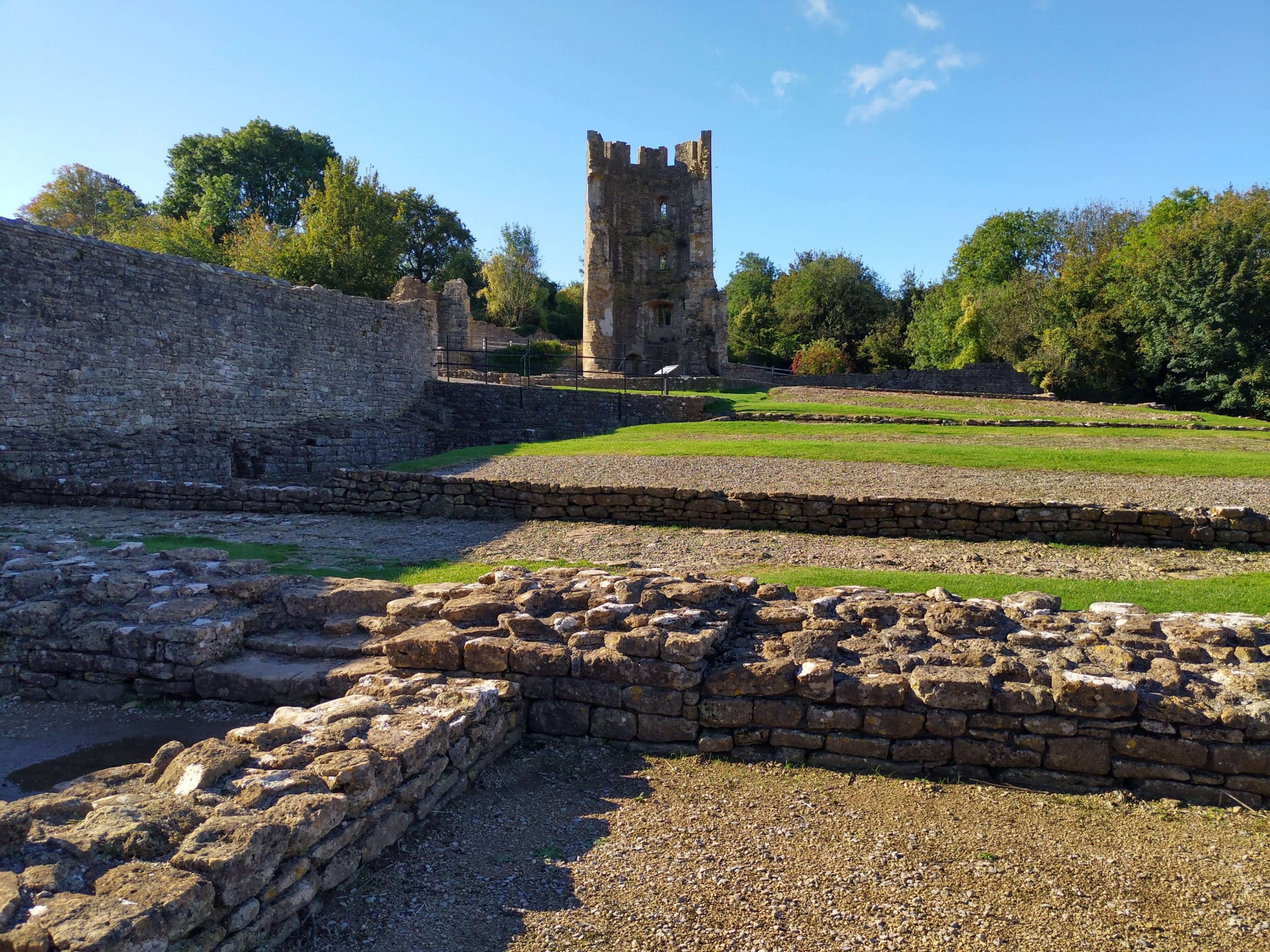Farleigh Hungerford Castle ruins are located in Somerset, on a hillside close to the river Frome and just 9 miles from the historic city of Bath. The castle is in fact a medieval fortified mansion, built in the 14th century by the Hungerford family and has a compelling and sometimes gruesome past. Today the castle is managed by the English Heritage and open to the public as a visitor attraction, there is also a chapel, priests house and crypt. The crypt contains what is said to be the best collection of human-shaped lead coffins in Britain.
| Built | 14th Century Onwards |
| Type | Medieval Castle |
| Condition | Ruinous |
| Ownership | English Heritage |
| Access | Public – Admission Fee |
Click here to watch our video tour of Farleigh Hungerford Castle
Origins
In 1822, a Roman villa and bath house were discovered approximately half a mile north of the castle.
From the late 11th century the area was owned by the Montford family, in the 13th century the family built a manor house on the ground where the castle stands, in fact fragments of the old manor were incorporated into the castle.
Sir Thomas Hungerford built Farleigh Hungerford Castle in a quadrangular design in the late 14th century after he was elected as the first formally recorded Speaker of the House of Commons in 1377.
Rise Of The Hungerford Family
The castle was extended by Walter, 1st Lord Hungerford (1378-1449) as he rose to fame and prospered. Walter served with King Henry V at the Battle of Agincourt (1415) and his further battles in France. Walter was appointed a guardian of the baby Henry VI, became the first Lord Hungerford in 1426 and served as Treasurer of England, although it is claimed a great deal of his wealth also came from ransoms of his French prisoners. Between 1430 and 1445, Walter built the outer court with its curtain wall and a house for priests to live in who were employed to say masses for the souls of his parents in the adjacent chapel.
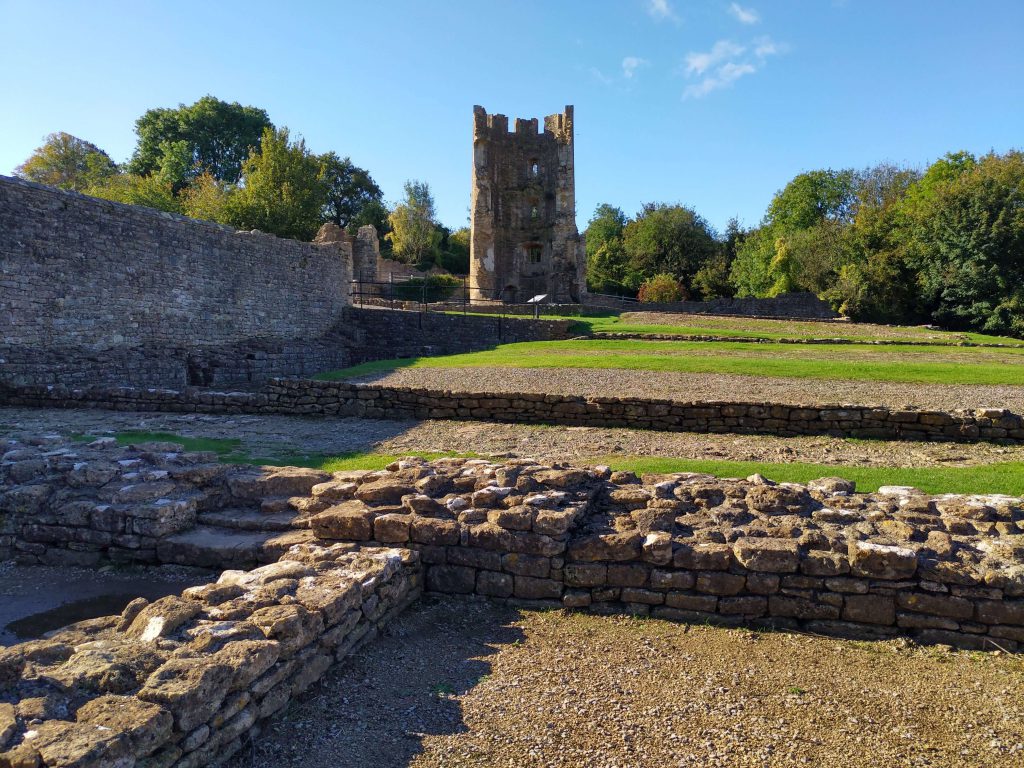
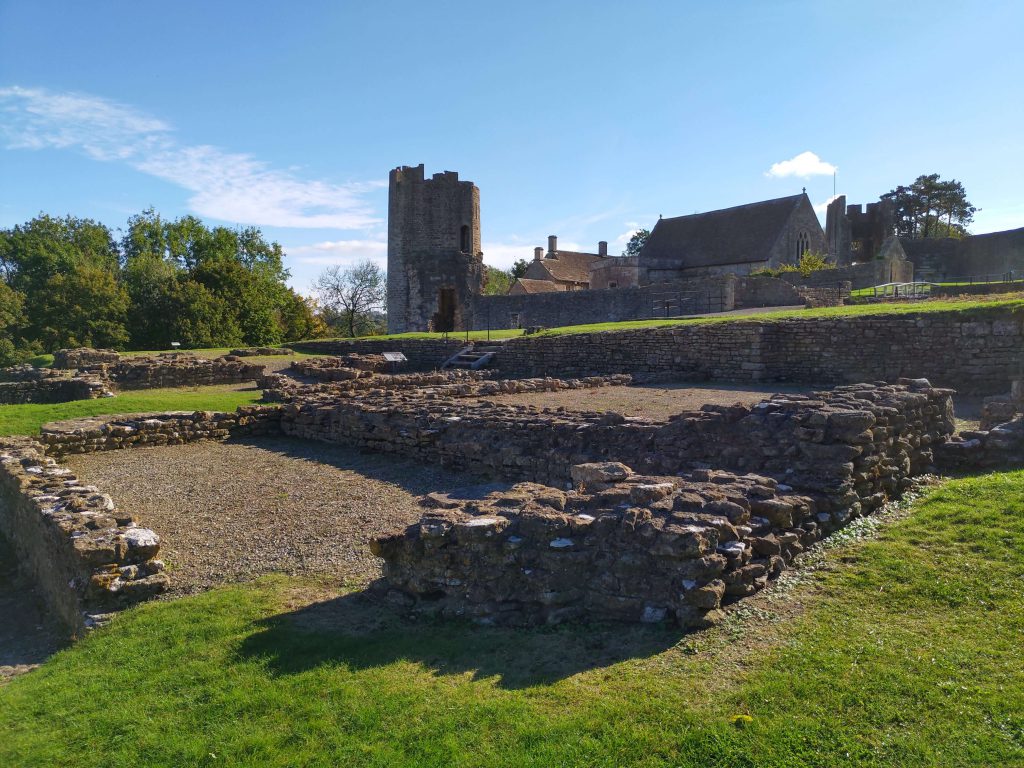
War Of The Roses
Trouble lay ahead for the Hungerford family during the Wars of the Roses (1455-1487). Lord Robert Hungerford (1423-1464) and his eldest son, Sir Thomas (1439-1469) supported the House of Lancaster. Both were captured at Hexham and executed in 1464 and Farleigh Hungerford Castle was seized by the crown.
Murder
Sir Walter Hunferford II (1441-1516), son of Lord Robert Hungerford. managed to regain Farleigh Hungerford Castle in 1486 after supporting the new Lancastrian King Henry VII. Walter’s son, Edward took a widow, Agnes Cotell, who was much further down the social ladder as his second wife. It soon emerged that Agnes had strangled her first husband to death with the help of two servants; they had then gone on to burn his body in the castle kitchen to conceal the evidence. Edward protected Agnes but following his death in 1522, Agnes and her servants were put on trial and found guilty for murder and brought to the hangman’s noose at Tyburn in London.
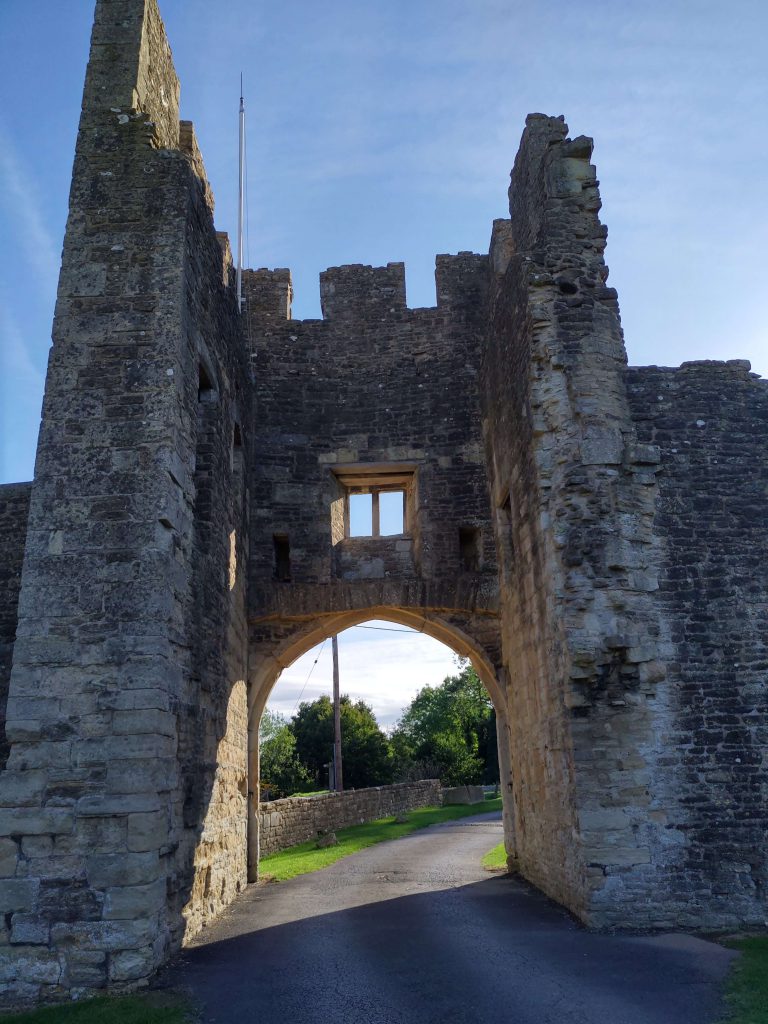

Wicked Walter
Next in line was Edward’s son, Walter Hungerford III. Walter’s third wife was Elizabeth Hussey and her father recommended him to King Henry VIII’s minister, Thomas Cromwell. These connections proved very successful for Walter. Back at the castle though it appears Walter was quite a tyrant, he was an abusive and cruel man. He locked Elizabeth in a tower (now known as Lady Tower), for at least 3 years and attempted to poison her. The tide turned against Walter and it was his connections to Cromwell that led to his downfall. When Cromwell was arrested for treason in June 1540, Walter was also arrested and found guilty of treason, witchcraft and homosexuality and executed alongside Cromwell in July 1540.
Civil War
During the first English Civil War (1642–1646), Farleigh Hungerford Castle’s owner, Sir Edward Hungerford III fought for the Parliamentarians (rather unsuccessfully). The castle was seized by a Royalist unit until 1645, surprisingly the castle seems to have suffered little or no damage during the fighting. Two years later Edward died and in the castle chapel lies an exceptional tomb for Edward and his wife, Lady Margaret Hallyday. The monument cost a colossal £1,100 and depicts Edward in full armour with his commander’s baton. Edward had no heirs and the castle passed to his half brother Anthony Hungerford then to his son Edward Hungerford IV.
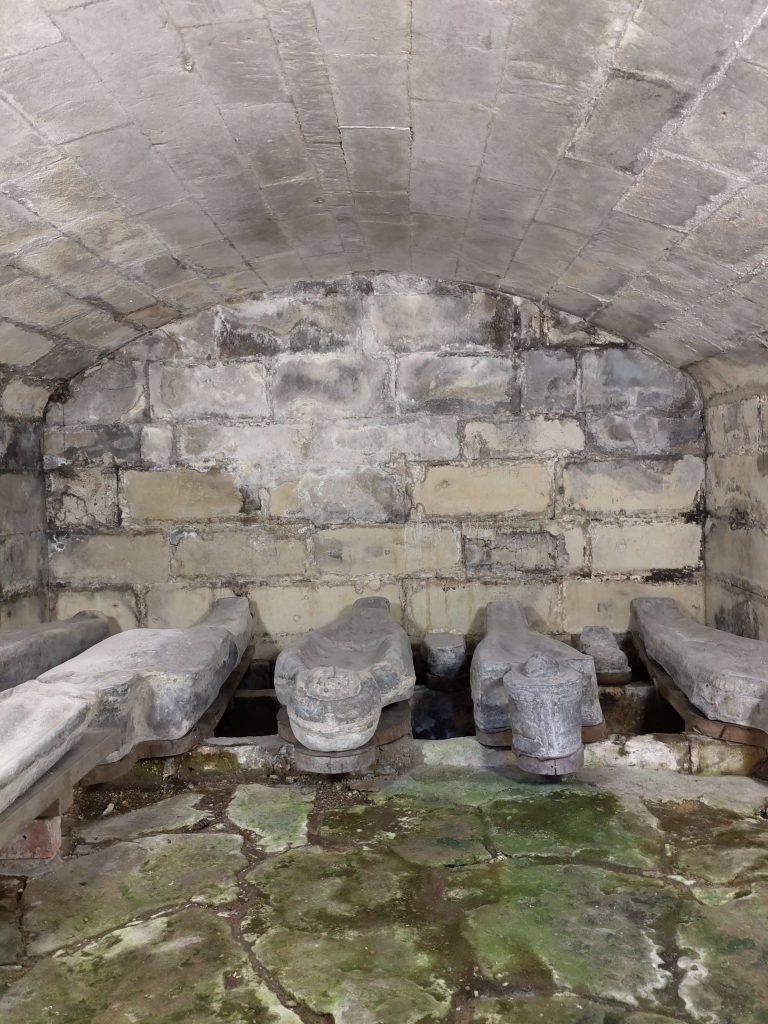

Edward The Spendthrift
Sir Edward Hungerford IV (1632-1711) was well known for his extravagant lifestyle and found himself in debt that forced him to sell Farleigh Hungerford Castle in 1686. Soon after this the castle began a rapid decline. In the 1730’s the Houlton family broke up the castle’s stone walls for salvage and sold the internal contents. The Priest’s House was left intact as it had already become a destination of curiosities.
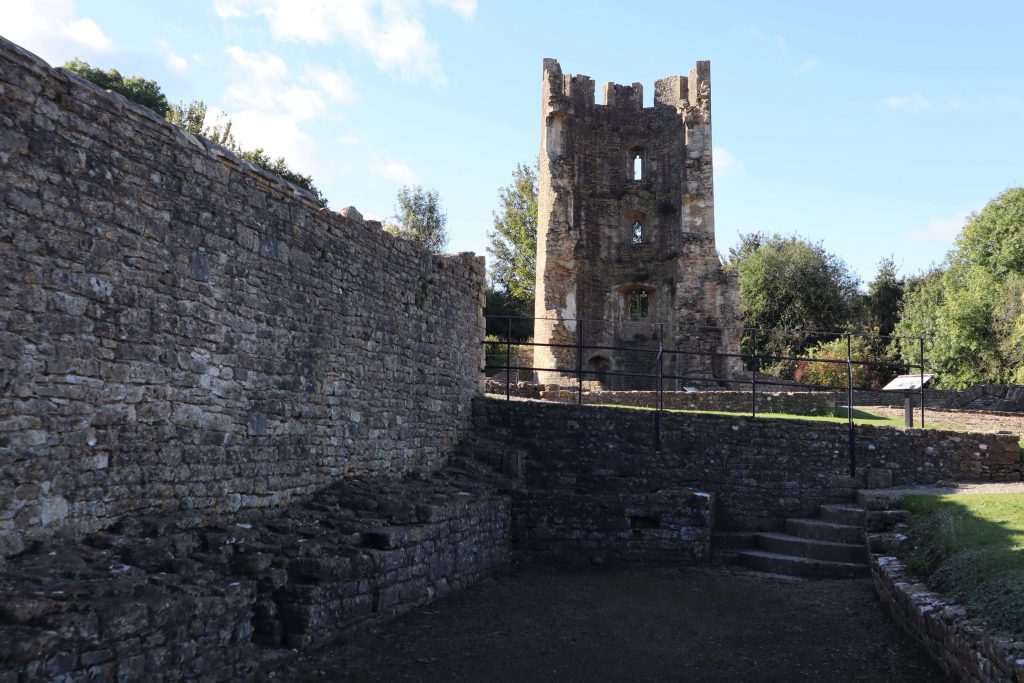

Tourist Attraction
During the 19th and 20th century the castle ruins and particularly the crypt became a tourist attraction, visitors were particularly eager to see what lay inside the coffins. In 1983, English Heritage took over the site. Most of the castle is ruinous, inside the inner court most of the castle buildings foundations remain, along with the shells of the south-west and south-east towers. The site also offers a crypt, Chapel and priest’s house to explore along with river views. Click here to read our blog post about our visit to Farleigh Hungerford Castle.
Postcode BA2 7RS
Click below to explore Farleigh Hungerford with us and discover the history.

